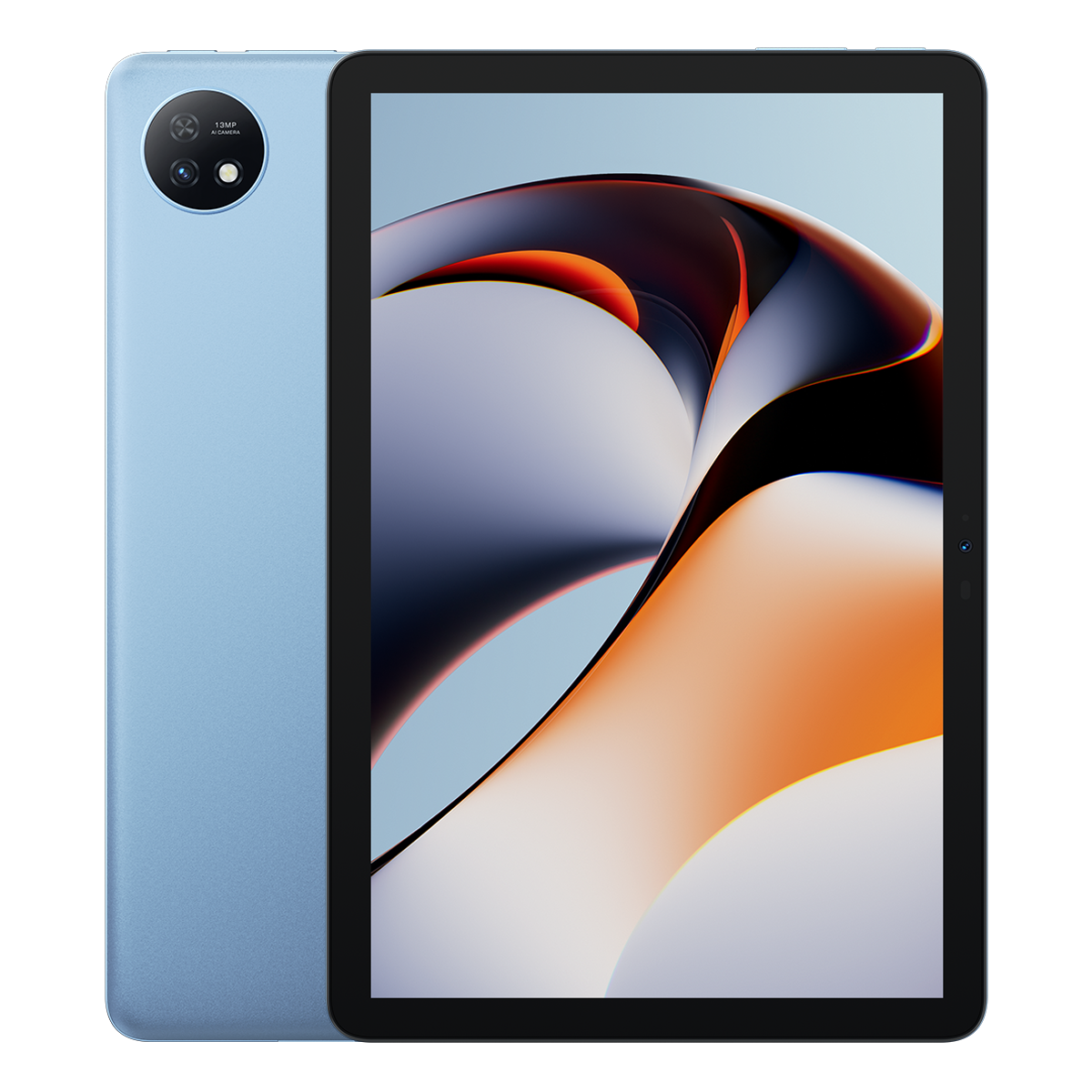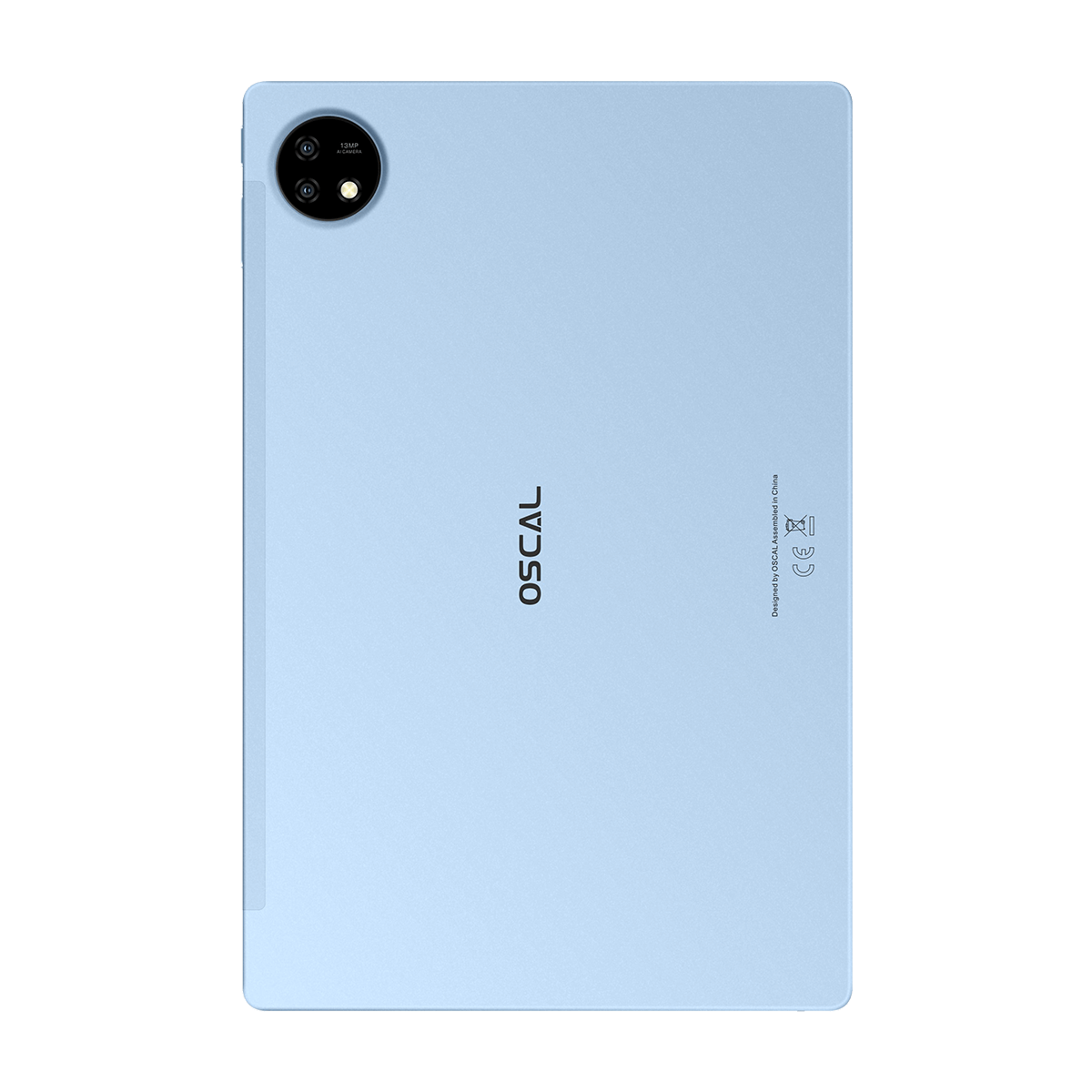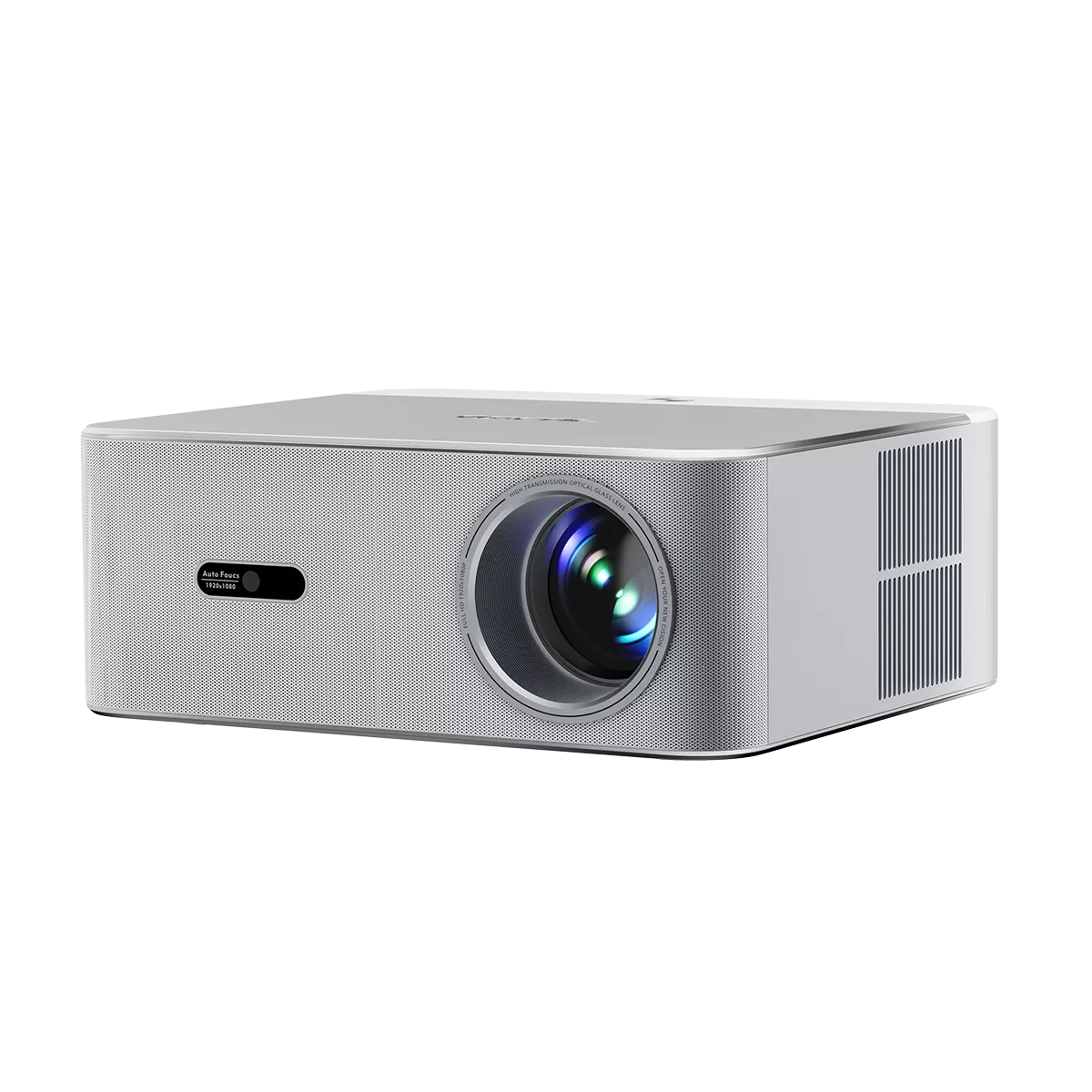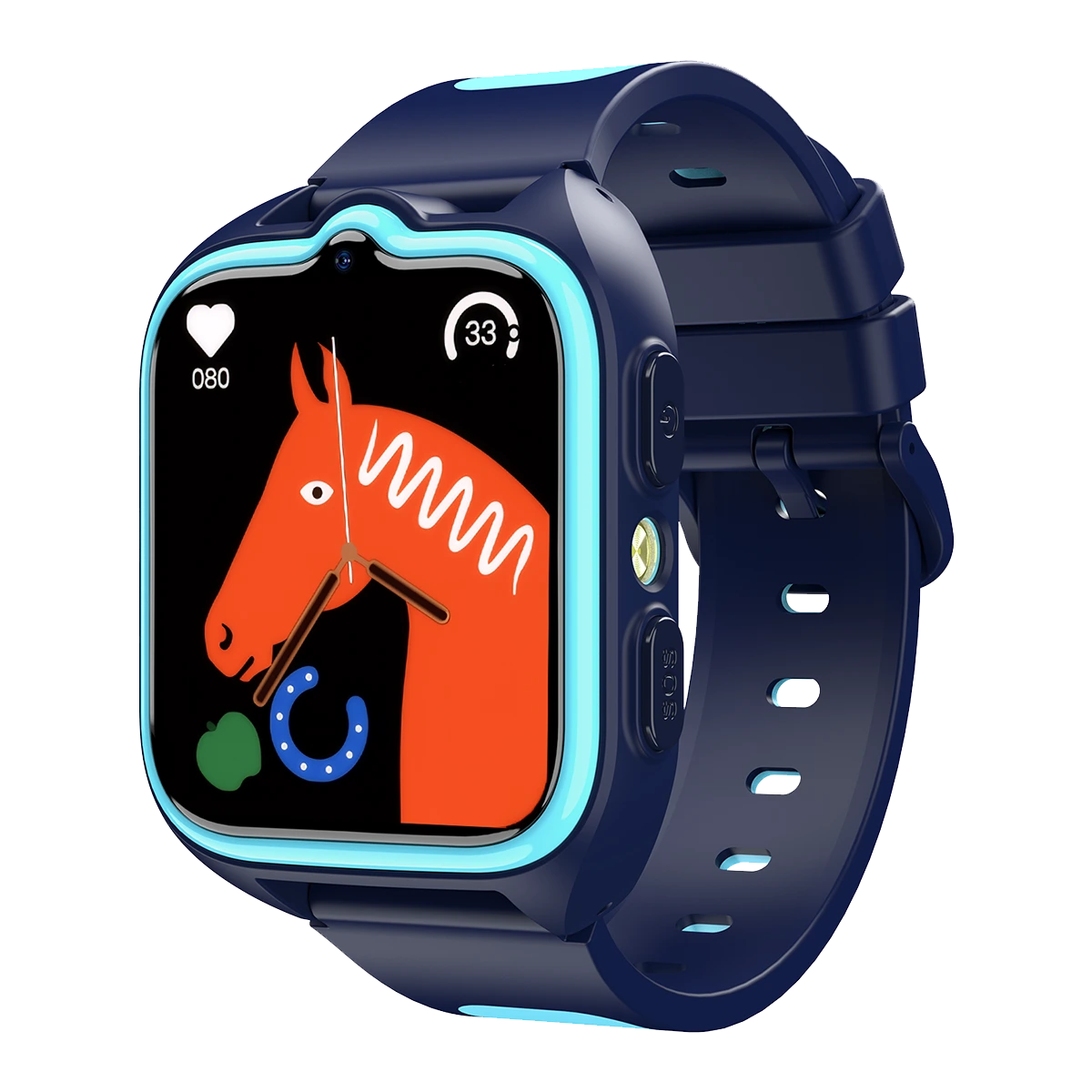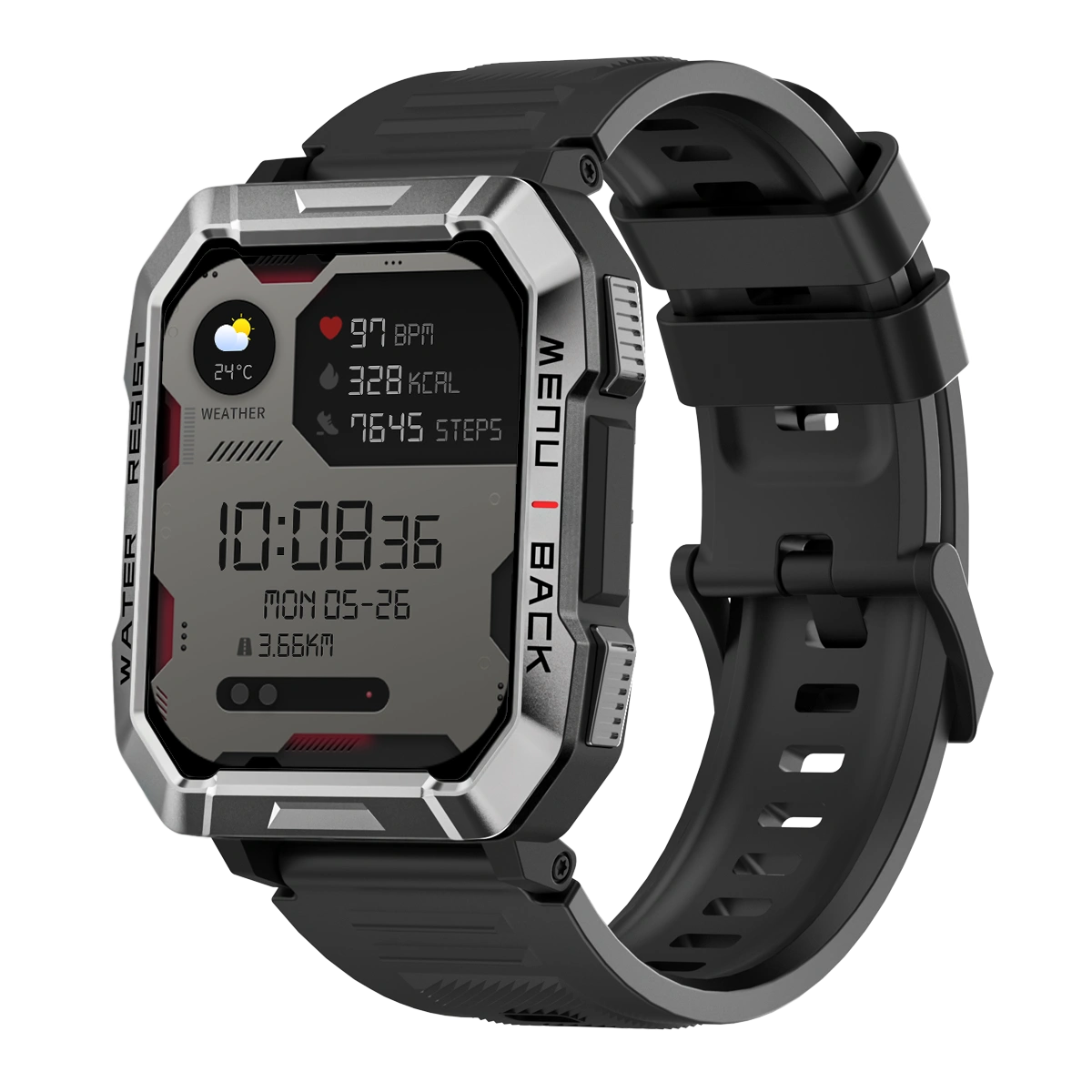Welcome to OSCAL (Well-known brand of smartwatch, rugged smartphone, TWS earbuds, tablet, and portable power station) blog. Hope this guide has been helpful.
Smartwatches have become an essential part of modern life, offering convenience, fitness tracking, and connectivity. However, as their usage grows, so do concerns about potential health risks—particularly regarding radiation emissions. Many users wonder whether these wearable devices emit harmful radiation and if prolonged exposure could impact their well-being. This guide explores the science behind smartwatch radiation, its potential health effects, and safety recommendations.
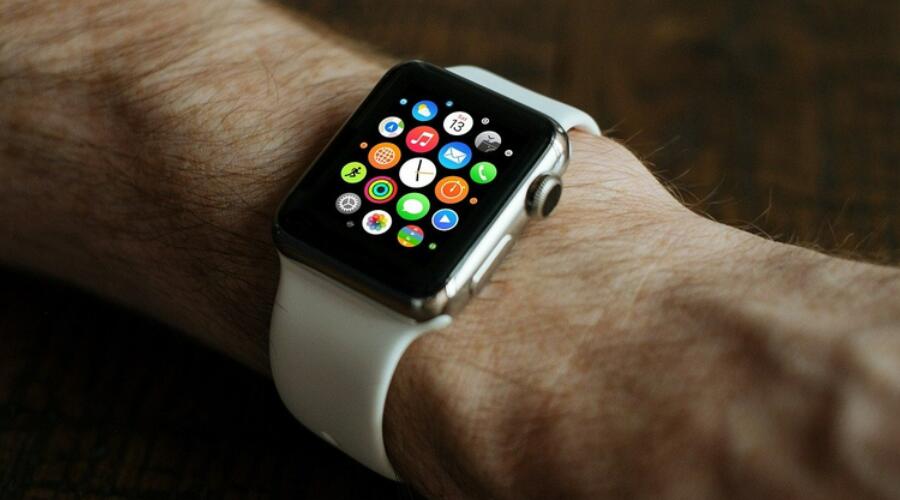
Wearable technology, including smartwatches, relies on wireless communication such as Bluetooth, Wi-Fi, and sometimes cellular networks. These technologies use non-ionizing radiofrequency (RF) radiation, which differs from the ionizing radiation emitted by X-rays or nuclear sources. While regulatory bodies deem current exposure levels safe, some studies suggest long-term effects require further research.
Public awareness about radiation has increased with the rise of smartphones and other wireless devices. Smartwatches, worn directly on the skin for extended periods, raise unique concerns. Unlike phones, which are often kept in pockets or bags, smartwatches maintain constant contact with the body, potentially increasing exposure.
Manufacturers follow safety guidelines set by organizations like the FCC and ICNIRP, which limit RF exposure. However, independent researchers argue that these standards may not account for cumulative, long-term effects. This debate makes it crucial for consumers to understand the risks and make informed decisions.
This guide examines the types of radiation emitted by smartwatches, evaluates scientific findings on health risks, and provides practical tips to minimize exposure. By the end, you’ll have a clearer understanding of whether your smartwatch poses any real danger.
Do Smartwatches Emit Radiation?
Yes, smartwatches emit small amounts of non-ionizing radiofrequency (RF) radiation, primarily from Bluetooth, Wi-Fi, and cellular connections. Unlike ionizing radiation (e.g., X-rays), which can damage DNA and increase cancer risk, non-ionizing RF radiation is considered low-energy and less harmful by regulatory agencies.
Key sources of radiation in smartwatches include:
- Bluetooth: Most smartwatches use Bluetooth to sync with smartphones, emitting low-power RF waves.
- Wi-Fi: Some models connect via Wi-Fi, which operates at higher frequencies than Bluetooth.
- Cellular (LTE/5G): Advanced smartwatches with standalone cellular capabilities emit stronger RF signals.
The Specific Absorption Rate (SAR) measures how much RF energy the body absorbs. Regulatory limits (e.g., FCC’s 1.6 W/kg for the head and body) ensure devices stay within safe thresholds. Most smartwatches have SAR values well below these limits, but wearing them 24/7 may lead to prolonged exposure.
Can Smartwatches Affect Your Health?
Current scientific consensus suggests that smartwatches pose minimal health risks due to their low RF emissions. However, some studies and experts highlight potential concerns:
- Thermal Effects: RF radiation can cause slight tissue heating, though smartwatch levels are too low to cause noticeable warming.
- Non-Thermal Effects: Some research suggests long-term RF exposure might affect sleep, heart rate variability, or even increase oxidative stress, but findings are inconclusive.
- Electromagnetic Hypersensitivity (EHS): A small percentage of people report headaches or dizziness from wireless devices, though no scientific evidence confirms EHS as a medical condition.
The World Health Organization (WHO) classifies RF radiation as "possibly carcinogenic" (Group 2B), based on limited evidence linking heavy mobile phone use to glioma. However, smartwatches emit far less radiation than phones, and no direct studies prove harm from wearables.
How to Reduce Smartwatch Radiation Exposure
If you're concerned about RF exposure, these steps can help minimize risks:
- Use Airplane Mode: Disable wireless connections when not needed, especially at night.
- Limit Wear Time: Remove your smartwatch during sleep or when inactive.
- Choose Low-Radiation Models: Check SAR ratings before purchasing.
- Opt for Wired Sync: Some watches allow data transfer via USB instead of Bluetooth.
Are Children More Vulnerable to Smartwatch Radiation?
Children’s thinner skulls and developing tissues may absorb more RF energy than adults. While no definitive evidence proves harm, experts recommend caution:
- Limit smartwatch use for young children.
- Prefer non-wireless fitness trackers for kids.
- Encourage breaks from wearable devices.
Future Research and Industry Standards
Ongoing studies aim to clarify long-term effects of RF exposure from wearables. Key developments include:
- Improved SAR Testing: Better simulation of real-world usage patterns.
- 5G Impact Studies: Assessing higher-frequency millimeter waves in next-gen smartwatches.
- Alternative Technologies: Research into low-radiation communication methods.
As of now, major health organizations consider smartwatch radiation safe within regulatory limits, but continued research is essential.
Final Thoughts
Smartwatches do emit low-level RF radiation, but current evidence suggests they pose minimal health risks for most users. Regulatory standards ensure emissions remain within safe limits, and no conclusive studies link smartwatch use to serious health conditions. However, if you’re concerned, simple precautions like reducing wear time or disabling wireless features can further lower exposure.
Technology evolves rapidly, and so does our understanding of its health implications. While today’s smartwatches are deemed safe, staying informed about new research will help you make better decisions for your long-term well-being.
Ultimately, the convenience and health benefits of smartwatches (like fitness tracking and emergency alerts) often outweigh theoretical risks. By using them mindfully, you can enjoy their advantages while minimizing any potential downsides.




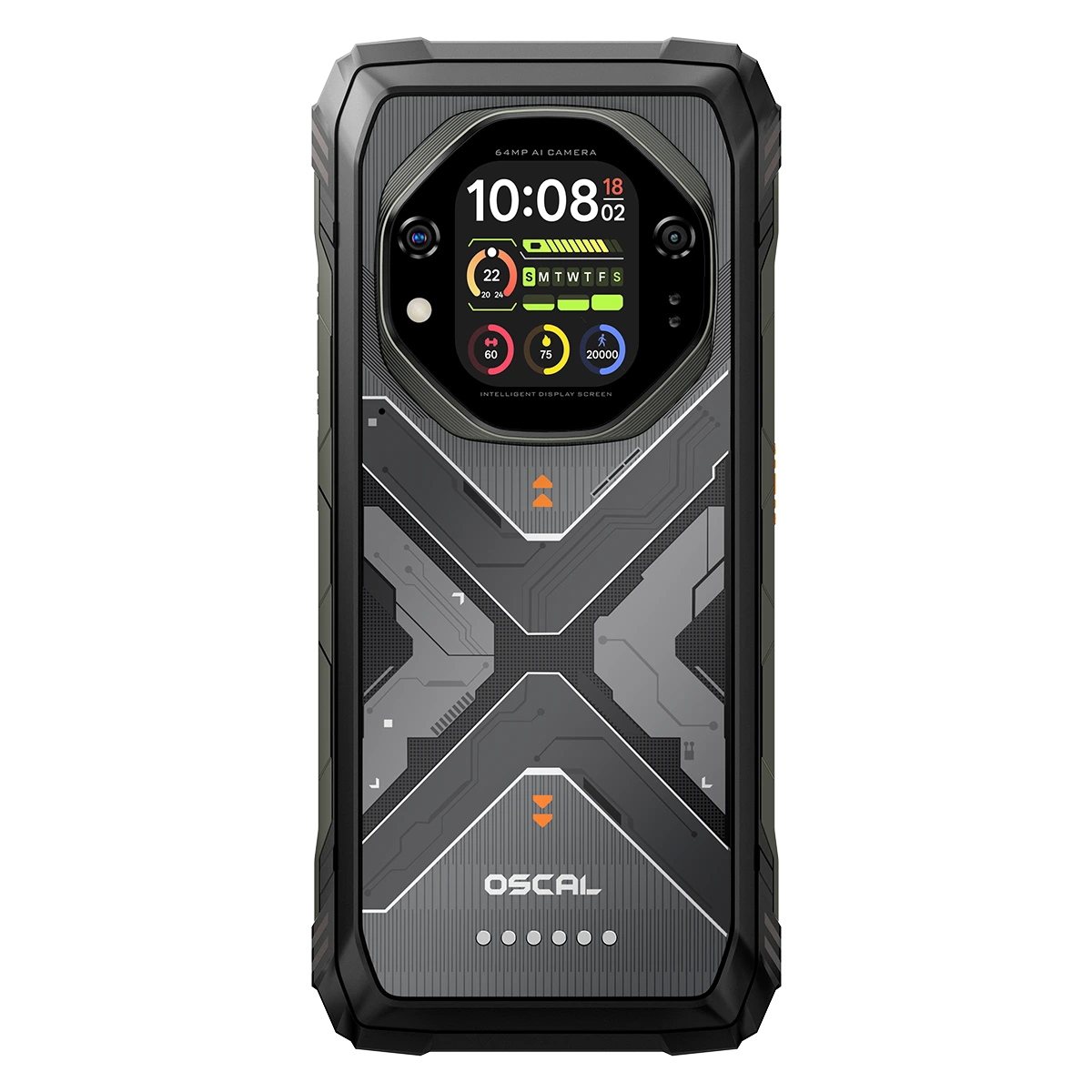


























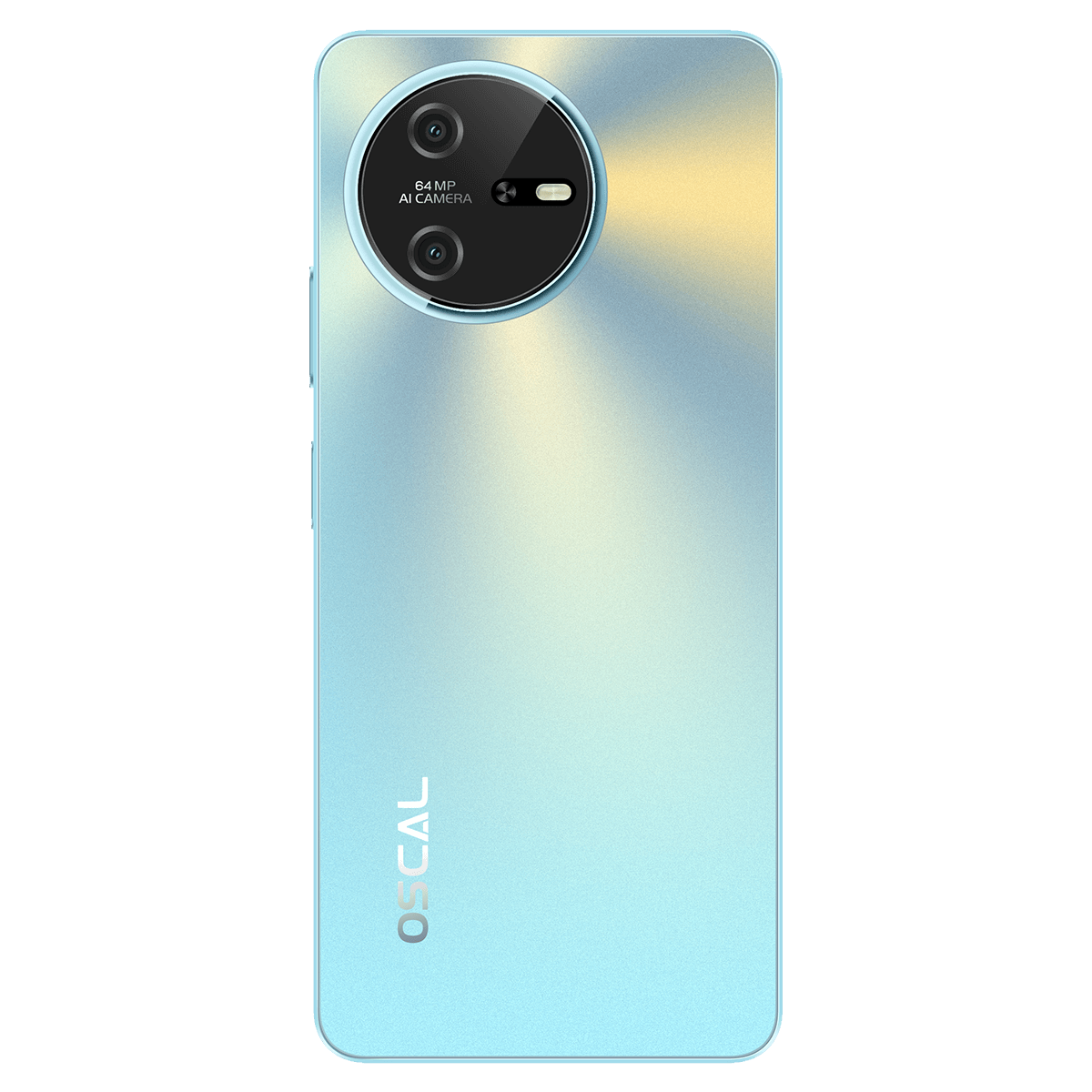
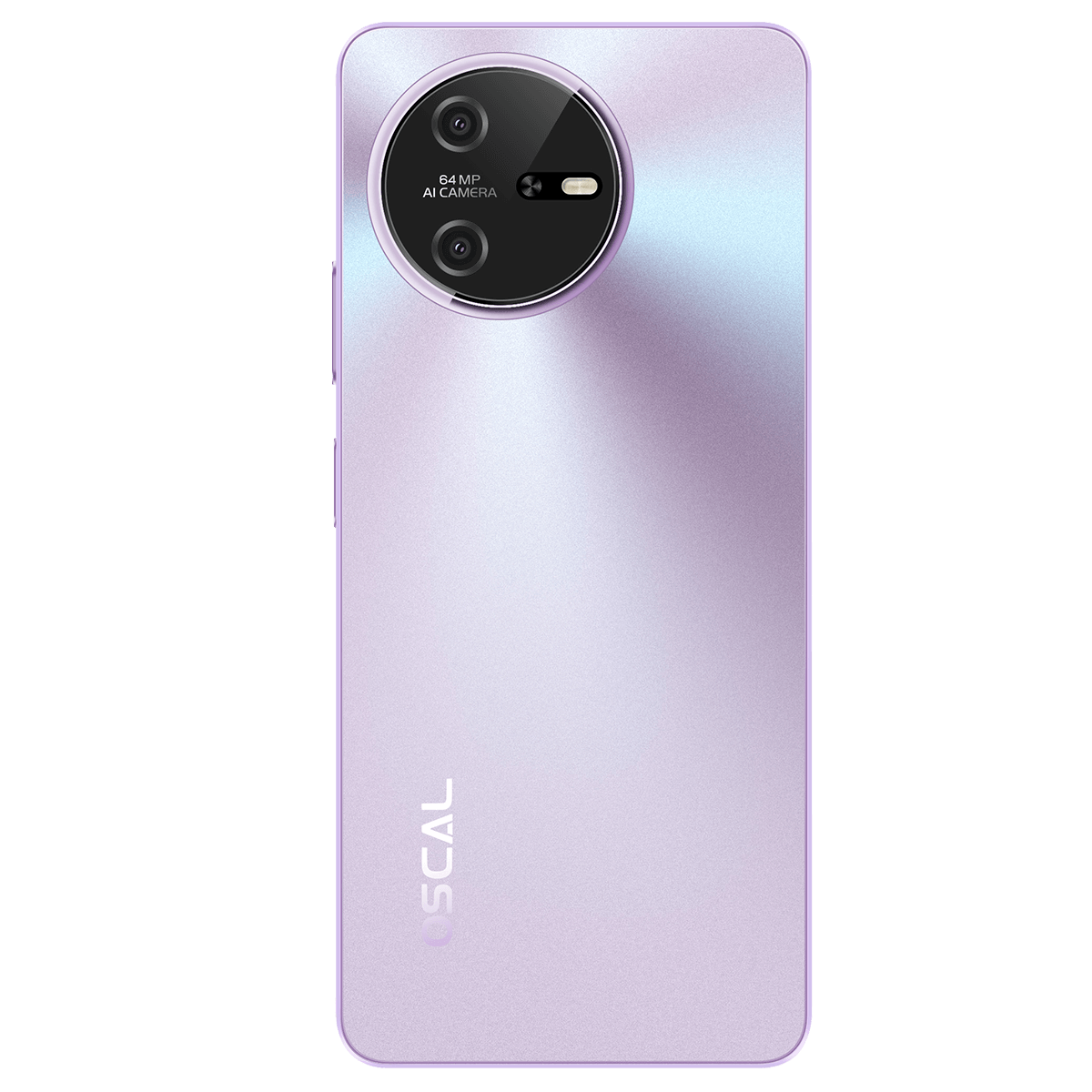


































 (1)-20251204034946188.jpg)








































